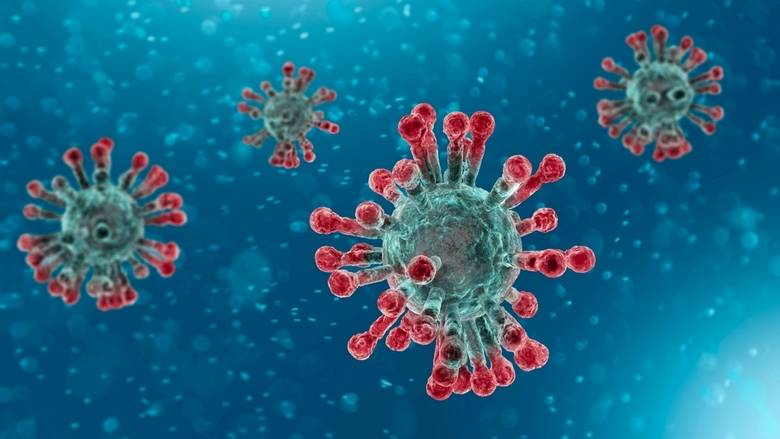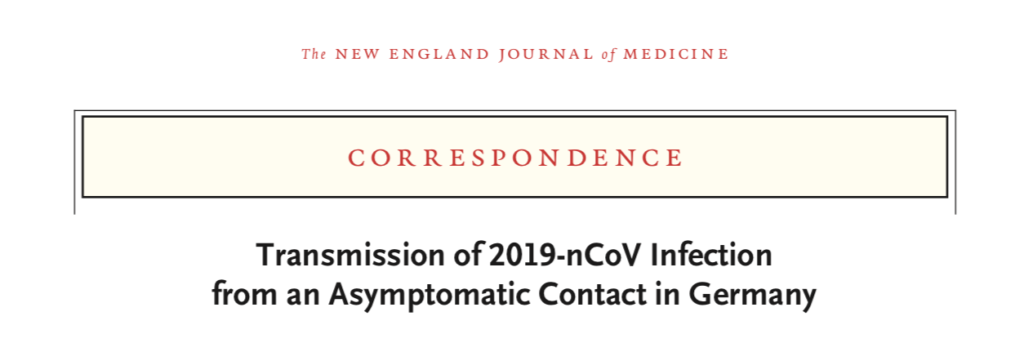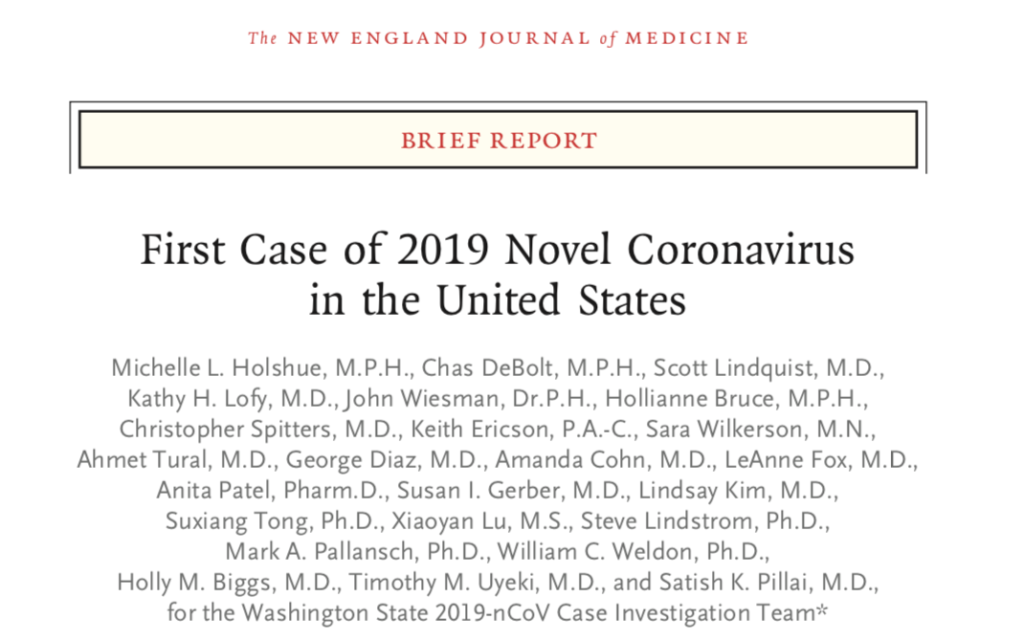
You must appreciate that more than 70 lakh people die of a heart attack in a year, almost 2 persons every second. No wonder so much rime and effort has gone into analysing the cause and management of this disease. The maximum number of research papers still deal with heart attacks. More people die because of a heart attack than those who died in the 2 World Wars, last century. Compared to heart attacks only 300 people have died so far because of the novel corona virus, or the 2019-nCoV. All deaths have taken place within China with the first out side death reported from Philippines this morning. This was a 44 years old man who had returned from China, was doing reasonably well the past few days but suddenly deteriorated in the last 24 hours and perished. He was diagnosed with “severe pneumonia” due to 2019-nCoV. There have been cases reported from other countries but no mortality. The situation however is fluid, we know little about the virus as of today. The clinical picture is evolving and the coming week will provide more information. Today it is clear that the virus has sprung from Wuhan, ion fact a meat market that sold just about everything that moved; including cats and wolves, pea cocks and rats, raccoons and snakes. The 2019-nCoV most probably resided in bats or snakes, and from there leaped into humans consuming wild animals or being in close proximity to them. But the virus has the capability of launching an attack on other humans who never ever visited the meat market that now has been closed down, in other words is is transmissible.

There is a report from Germany that a German male citizen (of 33 years) who had a business meeting with an symptomatic Chinese lady, came down with fever, sore throat, chills and muscle ache. His throat swab and a sputum sample confirmed that he was infected by the new virus. Quantitative reverse-transcriptase-polymerase-chain-reaction assay was employed for confirmation.Interestingly the Chinese woman developed symptoms on her way back to China. The German then infected another 3 colleagues . Fortunately all of them had mild symptoms, none came down with severe pneumonia. This means 2019-nCoV can spread from asymptomatic carriers. A person can harbour the virus, and yet may not develop fever or cough; but still infect another perfectly healthy person. The fact that there are symptomatic carriers of the disease means that we still do not know the true prevalence of the problem. Also the number of patents who will die is still unknown, mortality is still a moving target. But the clinical picture keeps getting clarified by the day.

THE LANCET
The study with the largest cohort of only 99 patients reports that the mean age of those affected was 55 years and 70% were males. Almost half of these patients had visited the notorious meat market of Wuhan. 2019-nCoV was confirmed by real time RT-PCR test that takes from 24 – 48 hours to get back. More than 80% of patients presented with fever and cough. One third had breathing problems. 75% had bilateral pneumonia while almost 15% had a ground glass appearance on chest CT scan. 17% developed acute respiratory distress syndrome (ARDS) and 11% of patients died of multi organ failure. There is one patient with pneumothorax.This is the highest recorded mortality so far; it matches that of SARS. The researchers emphasise that more men than women were infected, probably because women are more adept in fighting off infection by virtue of the X chromosome and their sex hormones. Also half of those infected by the new coronavirus had underlying diseases such as heart disease and diabetes. Older petiole with weaker immunity are more susceptible to 2019-nCoV.
In most patients lymphocytes ( a type of white blood cell) were reduced in number indicating that the new virus attacks them, especially T lymphocytes. The 2019-nCoV particles spread from lung mucosa into other cells and generate a variety of immune responses. Some patients rapidly develop ARDS and septic shock, followed by multi organ failure. Th researchers recommend administering intravenous immunoglobulin in severely ill patients; and steroids (methylpredinisolone 1-2 mg/kg per day). A low lymphocyte count not only is a prognostic marker but may also be used for early diagnosis in the clinic. Secondary infections included A.baumannii, K pneumonia, A flavus, C glabrata, and C albicans.

The only confirmed US citizen case is a 35 years male who visited his family in Wuhan, China. He complained of cough with fever for the previous 4 days.The patient was a non smoker and had no prior history off any disease. His chest auscultation revealed rhonci, but his chest X Ray was normal. His naso-pharyngeal and oropharyngeal swabs tested positive for 2019-nCoV by real time RT-PCR assay. The patient was hospitalised for persistent dry cough and 2 day history of nausea and vomiting. He however had no shortness of breath or chest pain. A stool test also confirmed 2019-nCoV infection by Rt-PCR but his blood sample was negative for the virus. He received supportive treatment. His white cells were low, and so was the platelet count. Liver enzymes were raised. Blood cultures were negative. A second X Ray showed pneumonia of the lower left lobe of the lung.The patient was treated with vancomycin (i gram intravenous 8 hourly) and cefepime( IV 8 hourly). The patient developed rhoncis while in hospital and so an antiviral was initiated ( IV remdesivir; a novel nucleotide analogue prodrug in development) on day 7 in hospital, with no adverse effects. The patient began recovering from day 8.
There are still many gaps in the understanding of this new virus, which the WHO has delved a global emergency. The virus was rapidly multiplying and transmitting probably all of November and December last year. The initial response by the Chinese government was tardy, but this may have been because of local bureaucratic inertia. But once officially reported on the last day of the last decade, the Chinese efforts have been stupendous. There has been swift transmission of data and information. A 1000 bedded new hospital has been constructed in a mere 10 days! This will function from tomorrow with 1400 health workers in attendance (from the military). Another equally large hospital is being made, to mange the imminent epidemic. More than 60 million people are still under lock down, their entry and exit shut down. A quarantine off this magnitude has not been witnessed before. It is a moot point whether this will stem the flow of virus transmission. The root cause needs to be tackled, this mandates a cultural shift, easier said than done. How do you convince hundreds of millions of people to stop eating wild animals. The meat markets selling wild animals have to be shut down forever if one seriously wants to prevent another novel virus outbreak. The WHO has done to declare global emergency, because if one third of patients need intensive care admission the best off health systems can be put under tremendous strain. The many low and medium income countries will just not be able to cope. Hence the disease needs to be contained with great vigour.
There is no need for panic. The army need not be called in. Common sense measures such as frequent washing of hands with soap and water will go a long way in prevention. Sneeze or cough in a tissue and throw it into a bin, avoid a manifestly sick person, consult your doctor if you have fever with cough, especially if you have come into contact with a person from China or a person who been in contact with a person from China. As they say constant vigilance is the price both of freedom and especially public health. So stay alert against any viruses of any kind, particularly viral tweets and Whatsapp messages that are invariably devoid of any science. Stick to the WHO for information or peer reviewed medical journals.